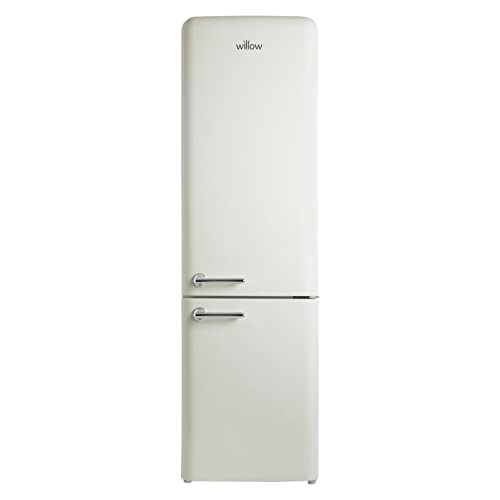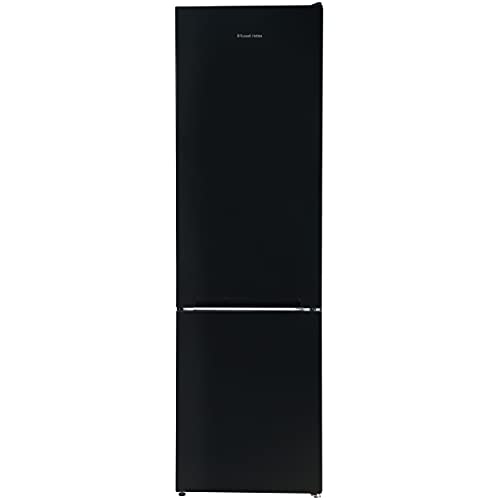
25
July9 Lessons Your Parents Teach You About Fridge UK
The Comprehensive Guide to Refrigerators in the UK
Refrigerators are a necessary home appliance in every household, serving an essential role in food preservation and safety. The UK market provides a varied variety of fridge uk, www.frydge.Co.uk, types, sizes, functions, and brand names. This article aims to offer an extensive understanding of refrigerators readily available in the UK, including their functions, energy performance, and elements to think about when purchasing.
Types of Refrigerators Available in the UK
When trying to find a refrigerator, it is necessary to understand the various types readily available. Each type includes its own set of features and functions, dealing with different needs and preferences. The most common types of refrigerators found in the UK consist of:
1. Leading Freezer Refrigerators
- Description: The standard style, featuring the freezer compartment on top.
- Pros: More budget friendly, spacious, easy access to fresh food.
- Cons: Limited freezer space, the top may be less convenient for bulk products.
2. Bottom Freezer Refrigerators
- Description: Freezer lies at the bottom, enabling easier access to fresh food.
- Pros: Greater benefit, much better exposure of fresh products.
- Cons: Usually more pricey, some may fight with large frozen products.
3. Side-by-Side Refrigerators
- Description: Features two vertical compartments, one for the fridge and one for the freezer.
- Pros: Ample storage space, easy to gain access to both frozen and fresh foods.
- Cons: Wider footprint, they may not fit in smaller sized kitchen areas.
4. French Door Refrigerators
- Description: Combines features of bottom freezers and side-by-sides, with two doors for the fridge on top.
- Pros: Stylish style, spacious, and often includes innovative features.
- Cons: Higher cost point, aligns inadequately with smaller sized kitchen area designs.
5. Compact Refrigerators
- Description: Smaller designs designed for limited spaces.
- Pros: Ideal for studio apartments or offices, energy-efficient.
- Cons: Limited storage capability, may lack features.
6. Integrated Refrigerators
- Description: Designed to mix effortlessly with kitchen cabinetry.
- Pros: Custom fit, aesthetic appeal, increases home value.
- Cons: Higher cost, may provide less versatility in positioning.
7. Smart Refrigerators
- Description: Equipped with Wi-Fi and smart innovation functions.
- Pros: Advanced includes like touch screens and internal cameras.
- Cons: Expensive, more complex to fix.
| Refrigerator Type | Ease of access | Average Price Range | Energy Efficiency |
|---|---|---|---|
| Top Freezer | Moderate | ₤ 300 - ₤ 600 | Average |
| Bottom Freezer | High | ₤ 400 - ₤ 800 | Above Average |
| Side-by-Side | Easy | ₤ 800 - ₤ 1500 | Varies |
| French Door | High | ₤ 800 - ₤ 2000 | High |
| Compact | Minimal | ₤ 200 - ₤ 500 | Average |
| Integrated | Custom | ₤ 1000 - ₤ 2500 | High |
| Smart | Variable | ₤ 1200+ | High |
Secret Features to Consider
- Energy Efficiency: Look for models that are energy-efficient. In the UK, devices are rated from A (most efficient) to G (least effective). An A+ score and above can cause significant energy cost savings.
- Capability: Choose a fridge with adequate capacity for your family. A basic guideline is 100-200 liters per individual.
- Sound Level: Consider designs that operate silently, specifically if the kitchen is near living areas.
- Cooling Technology: Features like frost-free innovation deserve the investment, as they lessen upkeep.
- Adjustable Shelves: Having adjustable shelves improves the versatility to store larger items.
- Temperature level Control: Check for easy-to-use temperature level controls and zones for various types of food.
- Design: Choose the design and color that matches your kitchen area aesthetic, whether you choose a contemporary stainless-steel look or a timeless retro surface.
Buying Tips
- Determine Your Needs: Consider your cooking routines, family size, and kitchen area space.
- Set a Budget: Refrigerators been available in numerous cost ranges. Establish a budget plan before you begin going shopping.
- Research Energy Ratings: Invest in energy-efficient designs to save money on energy expenses.
- Check out Reviews: User experiences can supply insights into dependability and efficiency.
- Compare Brands: Some brand names are known for their toughness while others may offer more ingenious features.
Often Asked Questions (FAQs)
1. How long do fridges usually last?
- Refrigerators normally last in between 10 to 20 years, depending upon the brand and how well they are kept.
2. Exist any upkeep ideas for lengthening the life of a refrigerator?
- Regularly clean the coils, examine the door seals, and occasionally defrost if essential to preserve ideal performance.
3. What is the best size refrigerator for a household of four?

- For a family of four, a refrigerator with a capacity of around 400-600 liters is normally enough.
4. Do I require to stress over energy intake when purchasing a refrigerator?

- Yes, energy intake is very important. Try to find systems with high energy effectiveness ratings to lower monthly expenses.
5. Should I pick a fridge with a water and ice dispenser?
- This feature can be convenient, especially for households. Nevertheless, it might require more upkeep than basic designs.
Getting a refrigerator is a substantial decision for any home in the UK. With different types offered, each with its unique functions and advantages, it is vital to examine private needs before deciding. By thinking about aspects such as energy effectiveness, capacity, and style visual appeals, consumers can select a fridge that lines up well with their way of life, eventually enhancing their kitchen experience while securing food quality and freshness.

Reviews